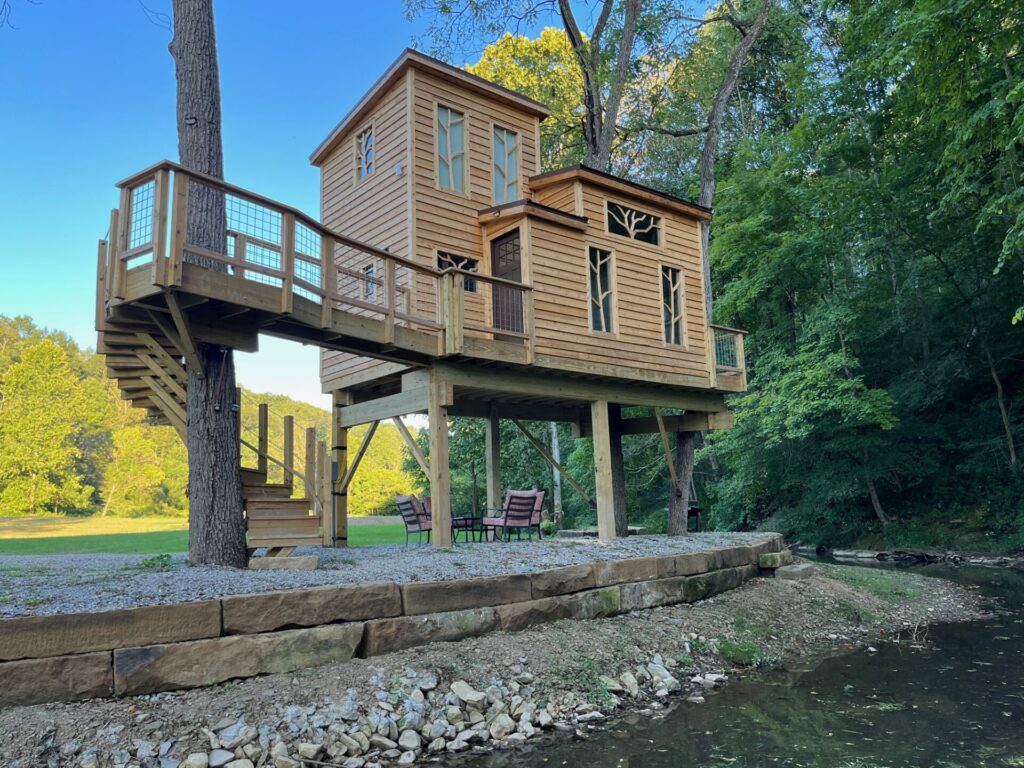
When shopping for running shoes, understanding the many different brands and types of shoe can be confusing. Many people don’t realize that every running shoe is built with a specific style of support in mind and with varying levels cushion. Additionally, some shoes that are marketed as “running shoes” might not be the best option for you.
The less expensive options that you find at department stores and shoe stores may seem appealing for their price point, but they will not last as long as quality running shoes, and may even lead to injury because of the lack of proper support and cushion. Most true running shoes start in the $110-$130 range but can get up to $160 or more depending on the type of shoe. This higher price is getting you a quality product engineered to enhance your run and protect your body.

Unless you have had something that’s worked great for you in the past, it’s a good idea to do your running shoe shopping in person at a local run specialty store.
Specialty stores have a staff is highly trained on conducting gait analysis and understanding what shoe would be best for each person. Additionally, they only carry the top brands and products, so you know that the investment you’re making is in a quality shoe.
To give you a little base knowledge, we’re breaking down the three main categories of support that a run specialty store carries.

Stability
Someone in need of a stability shoe is an individual who overpronates. This means that when running or walking their foot lands on the outside of the heel before traveling inward and transferring the weight to the inside of the foot instead of the ball of the foot.
A little pronation is normal and healthy, as it is a way of the body dispersing shock from the impact of running. An excessive amount, however, can cause foot, ankle, and knee issues.
A stability shoe will have some type of additional support on the inside of the shoe. This is often in the form of a firmer piece of foam called a posting, which absorbs pressure and guides the foot in order to slow down the overpronation. There are varying degrees of stability, ranging from mild to high. Almost all run specialty brands have a form of a stability shoe. Some examples are the New Balance 860, Mizuno Wave Inspire, and the Saucony Guide (just to name a few).
Neutral
A neutral runner or walker has little to no pronation of the foot and ankle. When walking or running a neutral foot will transfer the weight from the heel to the ball of the foot with only slight or no rolling in. A neutral shoe will not have any posting or additional support to correct overpronation but will still have general support and cushion to protect the feet and body from the impact of running and walking. A few examples of neutral shoes are the Hoka Clifton, Asics Cumulus, and Brooks Ghost.

Stable neutral/motion control
Stable neutral (also called motion control) shoes are designed to be the most rigid and supportive of the three categories. These generally feature a wider base on a heavier shoe. Motion control shoes have a lot of support and are great for people with excessively flat feet or severe overpronators.
Because they also feature a wider base, they can serve to be useful for people who tend to run/walk on the outside of their foot as well, as the wide base guides them back inward. This type of shoe is also beneficial to heavier runners, as the added support and cushion can absorb a lot of impact.
In addition to the three main categories, there are many sub-categories in terms of support levels and amount of cushion. Some shoes can be more minimal and lightweight (such as the Saucony Kinvara), while others have tons of soft pillowy cushion (like the Hoka Bondi).
If you’re still confused and feeling overwhelmed by all this information, don’t worry. Just head to your nearest Second Sole and let the experts help you put your best foot forward.
Second Sole Shoe Breakdown






